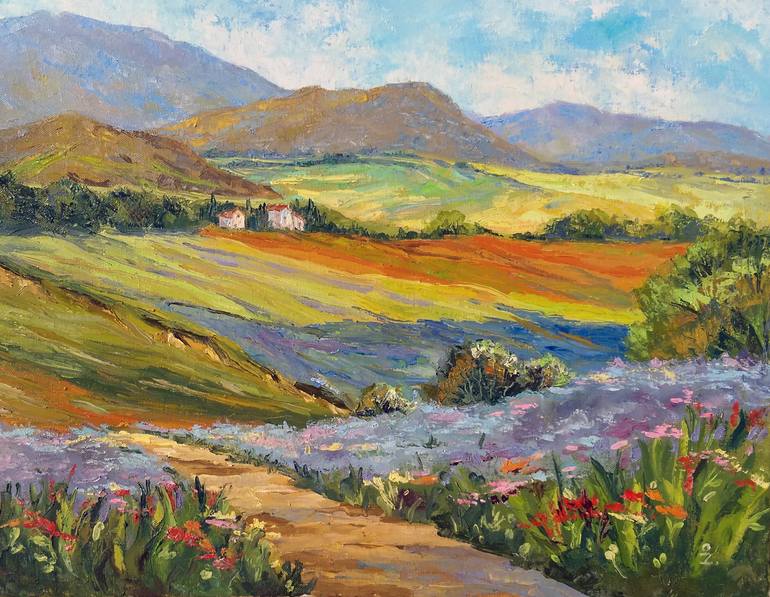The Muse by Jessie Burton
Ecco
Pp. 390
The parallel stories in this
novel lead the reader to wonder just exactly who is whose muse? It begins in
London in 1967 when aspiring Caribbean writer, Odelle Bastien, finds employment
at an art gallery, falls under the tutelage of the enigmatic co-director Marjorie
Quick, and is seduced by the charms of Lawrie Scott who appears to have a
valuable painting to assess. Interwoven chapters focus on the story of Olive
Schloss, daughter of Harold and Sarah, who becomes involved with wannabe
artist, Isaac Robles, while in Arazuelo in Spain, 1936. Isaac also dreams of
being a revolutionary much to the chagrin of his half-sister Teresa who works
as a housekeeper for the Schloss family and just wants to avoid trouble.
Of course the
names and dates recall the Windrush generation, the Spanish Civil War and the
treatment of Jews leading up to WWII. Meanwhile, there are themes of unrequited
love, parent-child relationships, and the difficulties of creative women
wanting their art to be taken seriously. Lots of people are manipulating each
other and hiding secrets in order to score points. It all becomes somewhat
messy and incoherent as the author tries to pack too much detail into her story
(there is a bibliography at the back to prove she has done her research) and it
doesn’t tie together very well. Although the descriptive passages are fantastically
evocative, the characters are all one-dimensional and the story itself is
unengaging and predictable. In both stories
there is a sense of dislocation, privilege and misunderstanding, the notion of
shared responsibility and mutual history, and overwhelmingly, the dangerous man
trope.
 |
| Spanish landscape by Olga Zaitseva |
Olive paints pictures
and asks Isaac to take the credit for it, aware that her art-dealing father
won’t admire it if he knows the true artist. When Isaac protests she should own
the paintings, she rejoinders, “Do you know how many artists my father sells?
Twenty-six last time I counted. Do you know how many of them are women, Isaac?
None. Not one. Women can’t do it, you
see. They haven’t got the vision, although
last time I checked they had eyes, and hands, and hearts and souls. I’d have
lost before I even had a chance.” Of course, this is the provenance of the
painting that falls into Lawrie’s hands – there is no mystery to this novel.
Olive argues, “They believe it’s Isaac’s painting, and that’s all that matters
isn’t it? What people believe. It doesn’t matter what’s the truth; what people
believe becomes the truth.”
The
attempt at post modernism and attitudes to post-truth are as lazy as the themes
of stolen art in Nazi times and the blatant dramatic irony of the impending
Kristallnacht. Other descriptive aspects of the prose, however, are a highlight
of the novel making the evocative images of Arazuelo in July seem like a
painting. “From the hills came the dull music of bells as the goats overtook
these smaller sounds descending the scree through the gauze of heat. Bees,
drowsing on the fat flower heads, farmers’ voices calling, birdsong arpeggios
spritzing from trees. A summer’s day will make so many sounds, when you
yourself remain completely silent.” The novel is competent but the craftsmanship
is on clear display.





